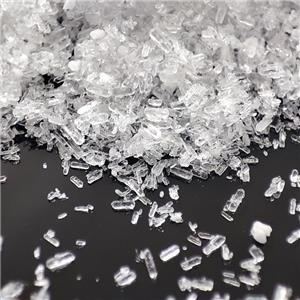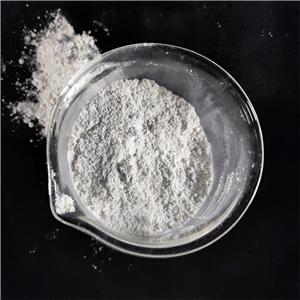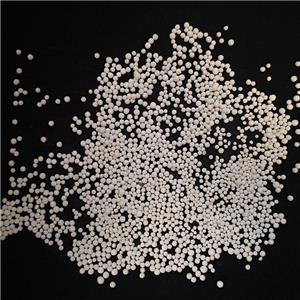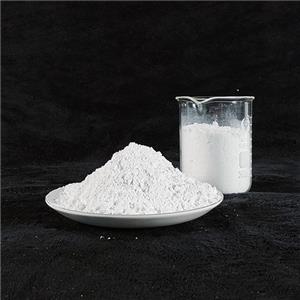Is magnesium oxide a refractory material?
Magnesium oxide (MgO) is a material with high temperature resistance, so it is widely used in the field of refractory materials. Refractory materials refer to materials that can maintain their shape, strength and chemical stability under high temperature environment, and are widely used in high temperature industries such as metallurgy, ceramics, steel, glass, etc. The excellent properties of magnesium oxide as a refractory material make it occupy an important position in many high temperature applications.
First of all, the high melting point of magnesium oxide is one of the important reasons why it is a refractory material. The melting point of magnesium oxide is as high as about 2800°C (5072°F), which is much higher than most metal oxides. This allows it to be used stably for a long time in extreme high temperature environments without melting or decomposition. Therefore, magnesium oxide has been widely used in the metallurgical industry, linings in steel furnaces, petroleum refining and other high temperature treatment processes.
Secondly, magnesium oxide has good chemical stability. Under high temperature conditions, magnesium oxide can resist the erosion of most acidic and alkaline substances, which makes it widely applicable in many high temperature reactions. For example, in the steel industry, magnesium oxide can effectively prevent the corrosion of slag to the furnace lining, thereby extending the service life of the furnace lining.
In addition, magnesium oxide also has low thermal conductivity, which makes it an excellent thermal insulation material. It can effectively reduce the conduction of heat, maintain the high temperature environment in the furnace, and improve energy efficiency. In high-temperature kilns and reactors, magnesium oxide is often used as a thermal insulation material to prevent heat loss and reduce the thermal stress of the external structure.
However, magnesium oxide as a refractory material also has some challenges. For example, magnesium oxide may absorb moisture at high temperatures and decompose slightly in a humid environment, so it needs to avoid contact with moisture during storage and use. In addition, the mechanical strength of magnesium oxide is relatively low, so in some high-temperature equipment that needs to withstand greater pressure, it may need to be combined with other materials (such as alumina bricks or silicate materials).
Overall, magnesium oxide has become one of the important refractory materials due to its excellent high temperature resistance, chemical stability and thermal insulation. With the continuous development of high-temperature industrial applications, the scope of use of magnesium oxide may be further expanded, especially in steel smelting, glass production and other industries that require high temperature processing.




